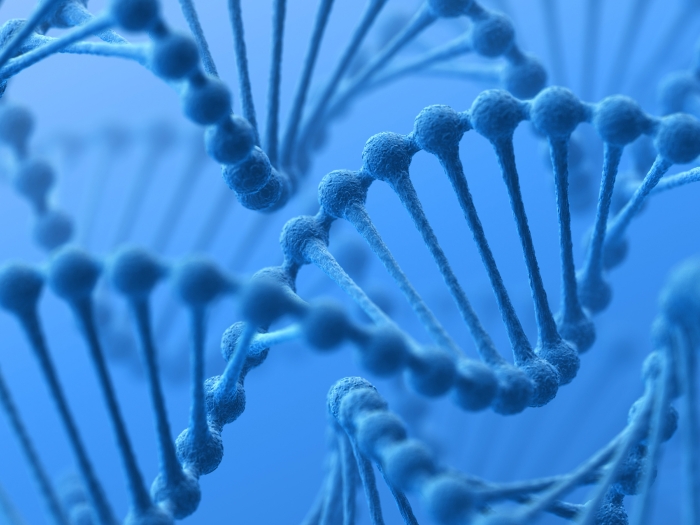
Leading Innovation in Michigan’s #1 ENT Program
Our dedicated researchers are shaping the future of ear, nose and throat science, treatment and care.
By exploring a wide range of basic science, translational and clinical outcomes in our robust research programs, our faculty, staff and students are committed to advancing the field through discovery and innovation. Their findings are published and presented throughout the country and around the world.
Experts across departments collaborate here in state-of-the-art facilities and programs focused on basic, clinical, behavioral, population and translational research in our key research areas.
Advanced Research Training in Otolaryngology (ARTOP) pairs clinician-scientists with internationally recognized faculty to advance the care of patients with hearing loss, head and neck cancer, vocal disorders, sleep disorders and more.
Our residents have been remarkably successful in competing for extramural grants and have had impressive research productivity. Residents have opportunities to engage in mentored research training throughout the residency period.





